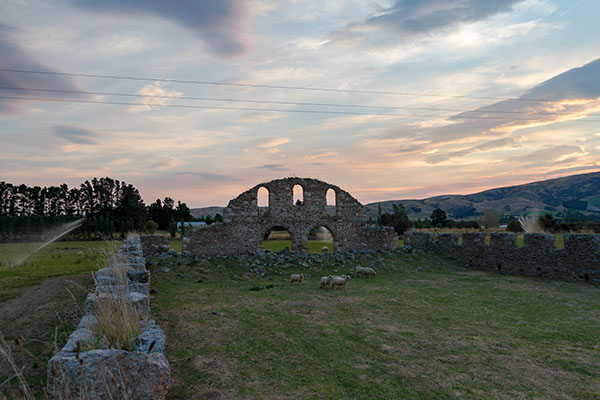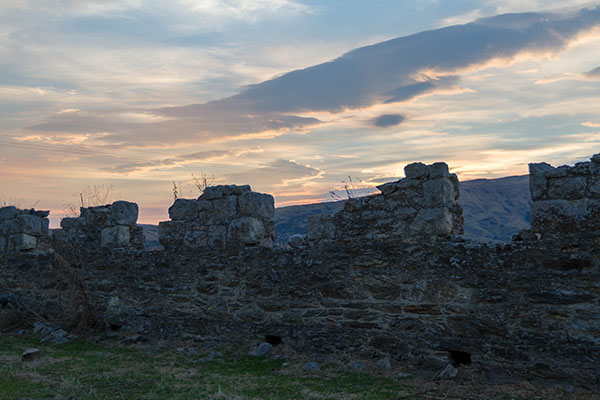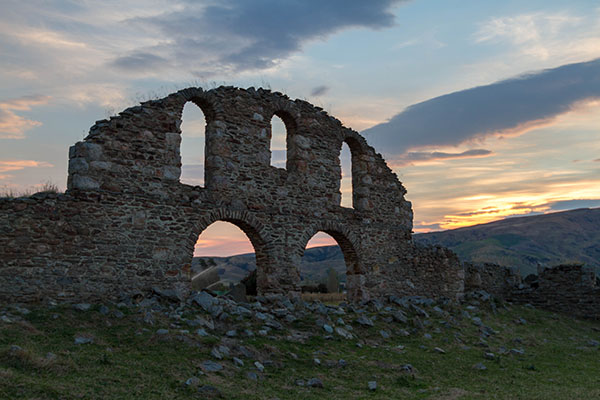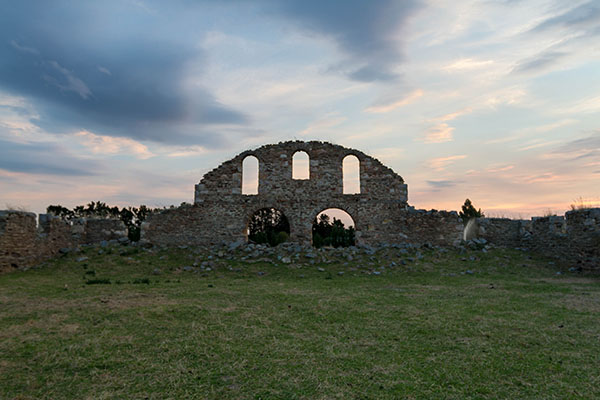John Cargll was the first son of Captain William Cargill (who had seventeen children), one of the founders of New Edinburgh (Dunedin), Lots of places are named after the Captain around Dunedin, Mount Cargill for example and Invercargill would you believe.
He even has his own monument, the awesome fountain like thing in the Exchange on Princess Street.
Enough of the Captain. John, one of his noteworthy children followed in his footsteps and became very successful in Otago.
He leased the first major run in Central Otago, in a valley named Tiviot. The run was massive, about 100,000 acres all up. This was the time when runholders were among the richest in the country,
The first golden age of farming in New Zealand.
He went into partnership with his Son in Law, E.R. Anderson, and together at the height on the farm it was employing about 200 people, including the house workers.
They say that Anderson on one of his visits back home, bought the roof off of a temporary railway station and shipped it back to Teviot, to be used as the roof for the woolshed.
After the sheep industry had a downturn, both Cargill and Anderson sold up and took off out of the country, taking all their money with them.
A new owner was to bring the station back to life and turn it prosperous again, W.T. Scrimgeour.
He brought with him fierce business minded qualities and created the first widely used Shearing rules throughout New Zealand and Australia.
There were some rumors spreading in 1920 about stolen wool in the woolshed, and so the city of Dunedin was sending up a detective.
In 1924 as he arrived in the morning the woolshed was smoldering from a mysterious fire the night before, speculation and hearsay was all that was found in the hunt for the arsonist.
John Cargill on one of his ventures back home, met up with the famous Alexander Bell, the man that had just invented the telephone. John told Alexander all about Teviot and how isolated it was.
So Mr. Alexander give John a couple of phones. Now John liking to show off his power and wealth had lines installed from his house beside the woolshed to the post office in Roxburgh.
They say on a night in 1877 that the lines finally connected and the first phone call in New Zealand was made between the postmasters daughter and Mr John Cargill.
I love a good story - Stu






